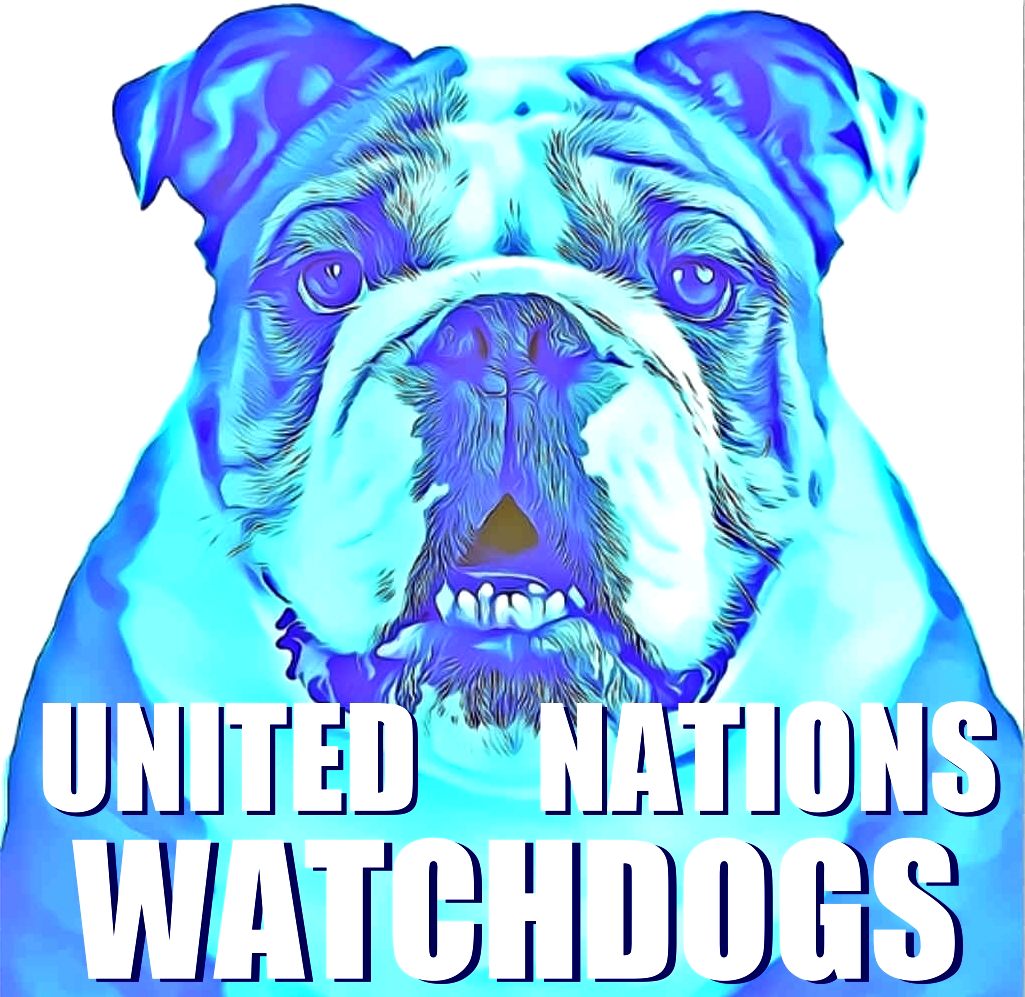|
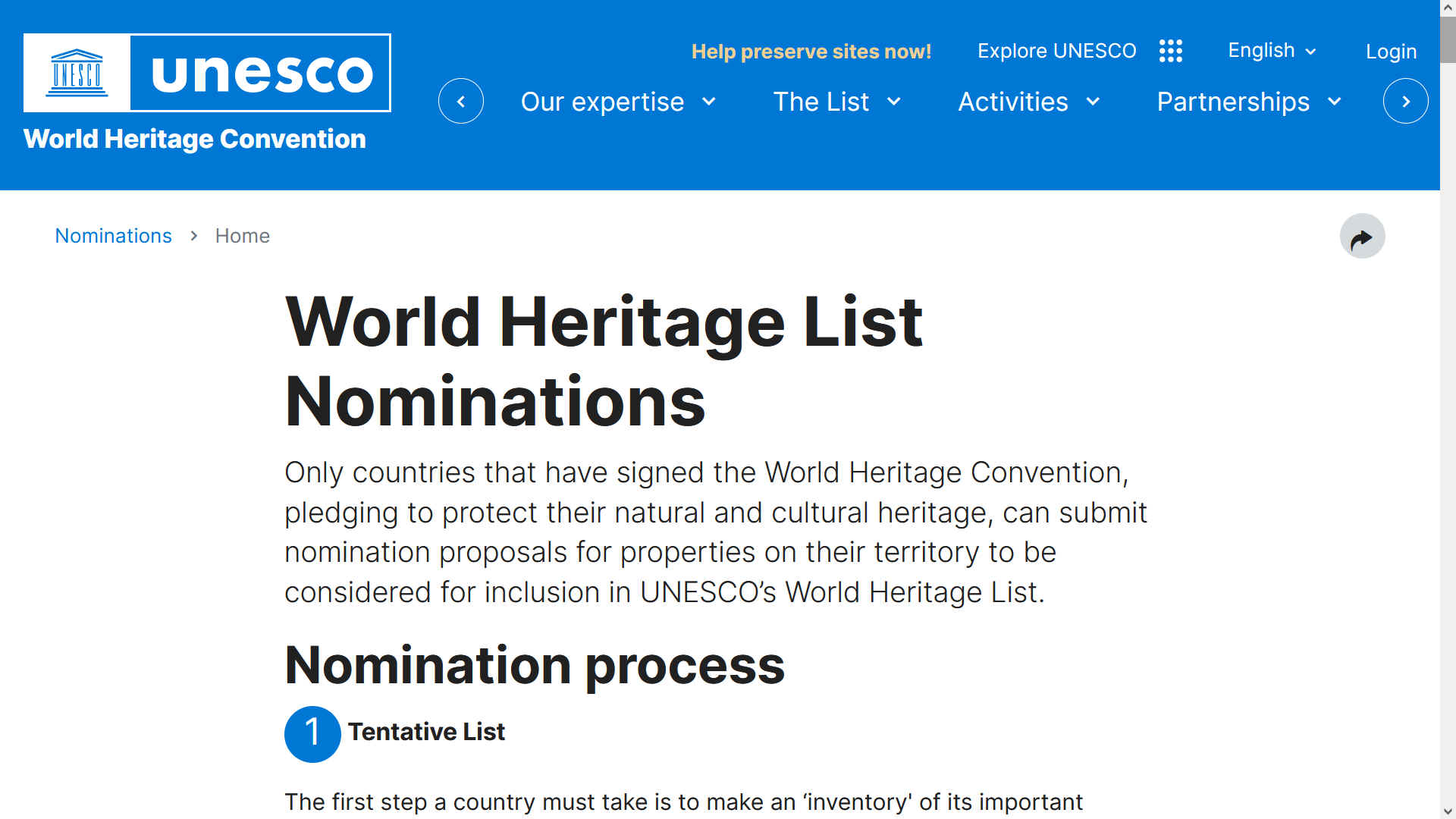
'UNESCO'
operate a list of World Heritage Sites, comprising outstanding examples
of cultural, historical, natural or technological significance. ACROPOLIS
- ATHENS, ANCIENT GREEKS, PARTHENON, TEMPLE ATHENA NIKE ANGKOR
WAT - HINDU BUDDHIST TEMPLE RELIGIOUS COMPLEX, CAMBODIA BLAENAVON
- NATIONAL COAL MUSEUM, IRONWORKS, CULTURAL LANDSCAPE, SOUTH WALES
CHICHEN ITZA - ANCIENT MAYAN CITY, YUCATAN PENINSULA, MEXICO COLOSSEUM
- ROMAN HISTORIC CITY CENTRE, ROME, PANTHEON, ITALY EASTER
ISLAND - RAPA NUI, POLYNESIAN HEAD STATUES, PACIFIC OCEAN GREAT
WALL OF CHINA - 3RD CENTURY BC EMPEROR QIN SHI HUANG & MING DYNASTY MACHU
PICCHU - PYRAMID, PERU, INCAN LOST CITY,
ANDES PETRA
- TREASURY, AL-KHAZNEH, SIQ GORGE, NABATAEANS, SOUTHERN JORDAN PYRAMIDS
- GREAT SPHINX, MEMPHIS NECROPOLIS, GIZA, EGYPT TAJ
MAHAL - MAUSOLEUM BUILT BY SHAH JAHAN, AGRA, INDIA
VATICAN
CITY - THE WORLD'S SMALLEST, HOLIEST CHRISTIAN STATE
WESTMINSTER
ABBEY - HOUSES OF PARLIAMENT, LONDON, ENGLAND
TENTATIVE
LISTINGS PORT
ROYAL - JAMAICAN SUNKEN CITY 1692, PIRATES HISTORY
|
A World Heritage Site is a landmark or area with legal protection by an international convention administered by the
United Nations Educational, Scientific and Cultural Organization
(UNESCO). World Heritage Sites are designated by UNESCO for having cultural, historical, scientific or other form of significance. The sites are judged to contain "cultural and natural heritage around the world considered to be of outstanding value to humanity".
To be selected, a World Heritage Site must be a somehow unique landmark which is geographically and historically identifiable and has special cultural or physical significance. For example, World Heritage Sites might be ancient ruins or historical structures, buildings, cities, deserts, forests, islands, lakes, monuments, mountains, or wilderness areas. A World Heritage Site may signify a remarkable accomplishment of humanity, and serve as evidence of our intellectual history on the planet, or it might be a place of great natural beauty. As of July 2021, a total of 1,154 World Heritage Sites (897 cultural, 218 natural, and 39 mixed properties) exist across 167 countries. With 58 selected areas, Italy is the country with the most sites on the list.
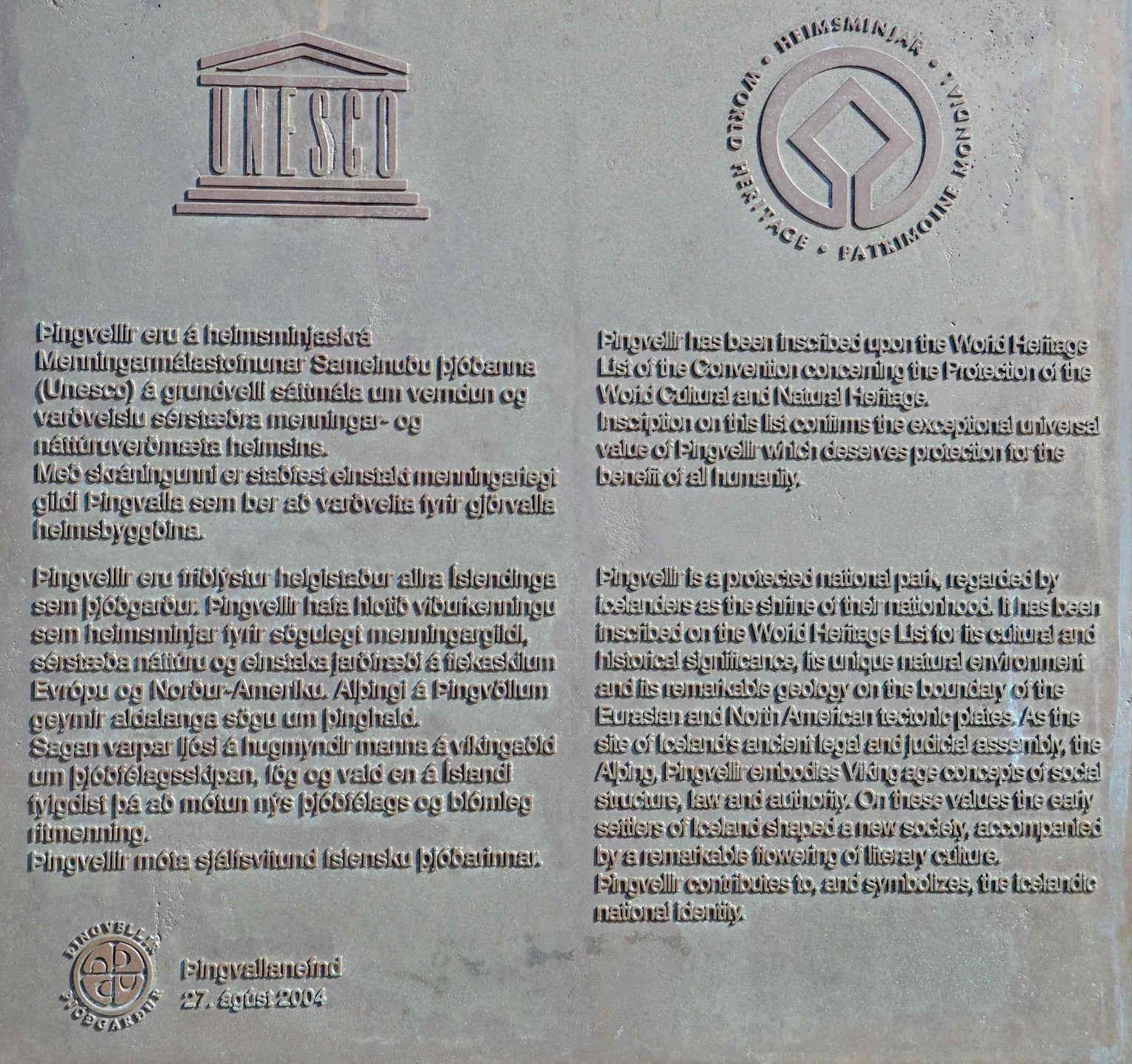
The sites are intended for practical conservation for posterity, which otherwise would be subject to risk from human or animal trespassing, unmonitored, uncontrolled or unrestricted access, or threat from local administrative negligence. Sites are demarcated by UNESCO as protected zones. The World Heritage Sites list is maintained by the international World Heritage Program administered by the UNESCO World Heritage Committee, composed of 21 "states parties" that are elected by their General Assembly. The programme catalogues, names, and conserves sites of outstanding cultural or natural importance to the common culture and heritage of humanity. The programme began with the "Convention Concerning the Protection of the World's Cultural and Natural Heritage", which was adopted by the General Conference of UNESCO on 16 November 1972. Since then, 194 states have ratified the convention, making it one of the most widely recognised international agreements and the world's most popular cultural programme.
|
|
OBJECTIVES & POSITIVES
By assigning places as World Heritage Sites, UNESCO
wants to help to pass them on to future generations. Its motivation is that “[h]eritage is our legacy from the past, what we live with today” and that both cultural and natural heritage are “irreplaceable sources of life and inspiration”. UNESCO's mission with respect to World Heritage consists of eight sub targets. These include encouraging the commitment of countries and local population to World Heritage conservation in various ways, providing emergency assistance for sites in danger, offering technical assistance and professional training, and supporting States Parties' public awareness-building activities.
Being listed as a World Heritage Site can positively affect the site, its environment, and interactions between them. A listed site gains international recognition and legal protection, and can obtain funds from among others the World Heritage Fund to facilitate its conservation under certain conditions. UNESCO reckons the restorations of the following four sites among its success stories: Angkor in Cambodia, the Old City of Dubrovnik in Croatia, the Wieliczka Salt Mine near Kraków in Poland, and the Ngorongoro Conservation Area in Tanzania. Additionally, the local population around a site may benefit from significantly increased tourism revenue. When there are significant interactions between people and the natural environment, these can be recognised as "cultural landscapes".
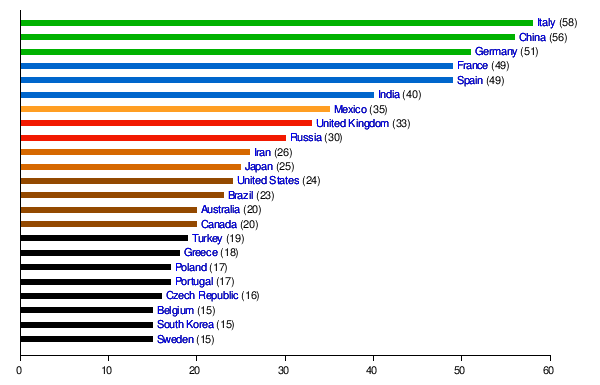
ENDANGERMENT
A site may be added to the List of World Heritage in Danger if conditions threaten the characteristics for which the landmark or area was inscribed on the World Heritage List. Such problems may involve armed conflict and war, natural disasters, pollution, poaching, or uncontrolled urbanisation or human development. This danger list is intended to increase international awareness of the threats and to encourage counteractive measures. Threats to a site can be either proven imminent threats or potential dangers that could have adverse effects on a site.
The state of conservation for each site on the danger list is reviewed yearly; after this, the Committee may request additional measures, delete the property from the list if the threats have ceased or consider deletion from both the List of World Heritage in Danger and the World Heritage List. Only three sites have ever been delisted: the Arabian Oryx Sanctuary in Oman, the Dresden Elbe Valley in Germany, and the Liverpool Maritime Mercantile City in the United Kingdom. The Arabian Oryx Sanctuary was directly delisted in 2007, instead of first being put on the danger list, after the Omani government decided to reduce the protected area's size by 90 per cent. The Dresden Elbe Valley was first placed on the danger list in 2006 when the World Heritage Committee decided that plans to construct the Waldschlösschen Bridge would significantly alter the valley's landscape. In response, Dresden City Council attempted to stop the bridge's construction. However, after several court decisions allowed the building of the bridge to proceed, the valley was removed from the World Heritage List in
2009. Liverpool's World Heritage status was revoked in July 2021, following developments (Liverpool Waters and Bramley-Moore Dock Stadium) on the northern docks of the World Heritage site leading to the "irreversible loss of attributes" on the site.
The first global assessment to quantitatively measure threats to Natural World Heritage Sites found that 63 per cent of sites have been damaged by increasing human pressures including encroaching roads, agriculture infrastructure and settlements over the last two decades. These activities endanger Natural World Heritage Sites and could compromise their unique values. Of the Natural World Heritage Sites that contain forest, 91 per cent experienced some loss since 2000. Many of them are more threatened than previously thought and require immediate conservation action.
Furthermore, the destruction of cultural assets and identity-establishing sites is one of the primary goals of modern asymmetrical warfare. Therefore, terrorists, rebels and mercenary armies deliberately smash archaeological sites, sacred and secular monuments and loot libraries, archives and museums. The UN, United Nations peacekeeping and UNESCO in cooperation with Blue Shield International are active in preventing such acts. "No strike lists" are also created to protect cultural assets from air strikes. However, only through cooperation with the locals can the protection of World Heritage Sites, archaeological finds, exhibits and archaeological sites from destruction, looting and robbery be implemented sustainably. The founding president of Blue Shield International Karl von Habsburg summed it up with the words: “Without the local community and without the local participants, that would be completely impossible”.
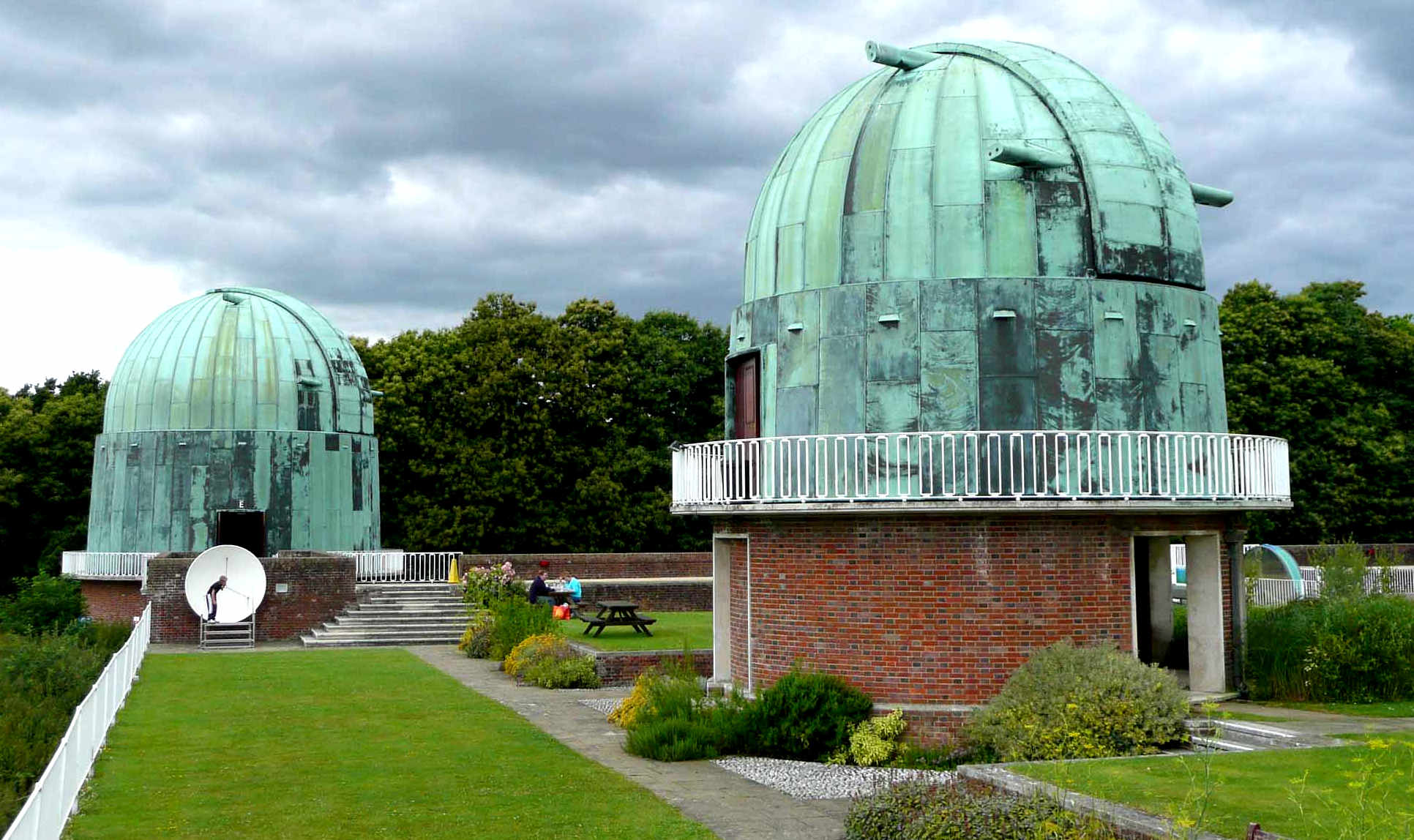
CONTACTS
UNESCO Headquarters
7 place Fontenoy,
75007 Paris, France
Telephone: +33 (0)1 4568 1000
Clare O'Hagan - Head of Press office
Phone: +33145681729
E: c.o-hagan@unesco.org
Thomas Mallard - Press officer
Phone: +33145682293
E: t.mallard@unesco.org
Southern Europe
Palazzo Zorzi
Castello 4390
30122 Venice VE
Italy
+39 041 2601511
veniceoffice@unesco.org
LINKS
& REFERENCE
http://www.unesco.org
https://ioc.unesco.org/
http://www.unesco.org
https://ioc.unesco.org/
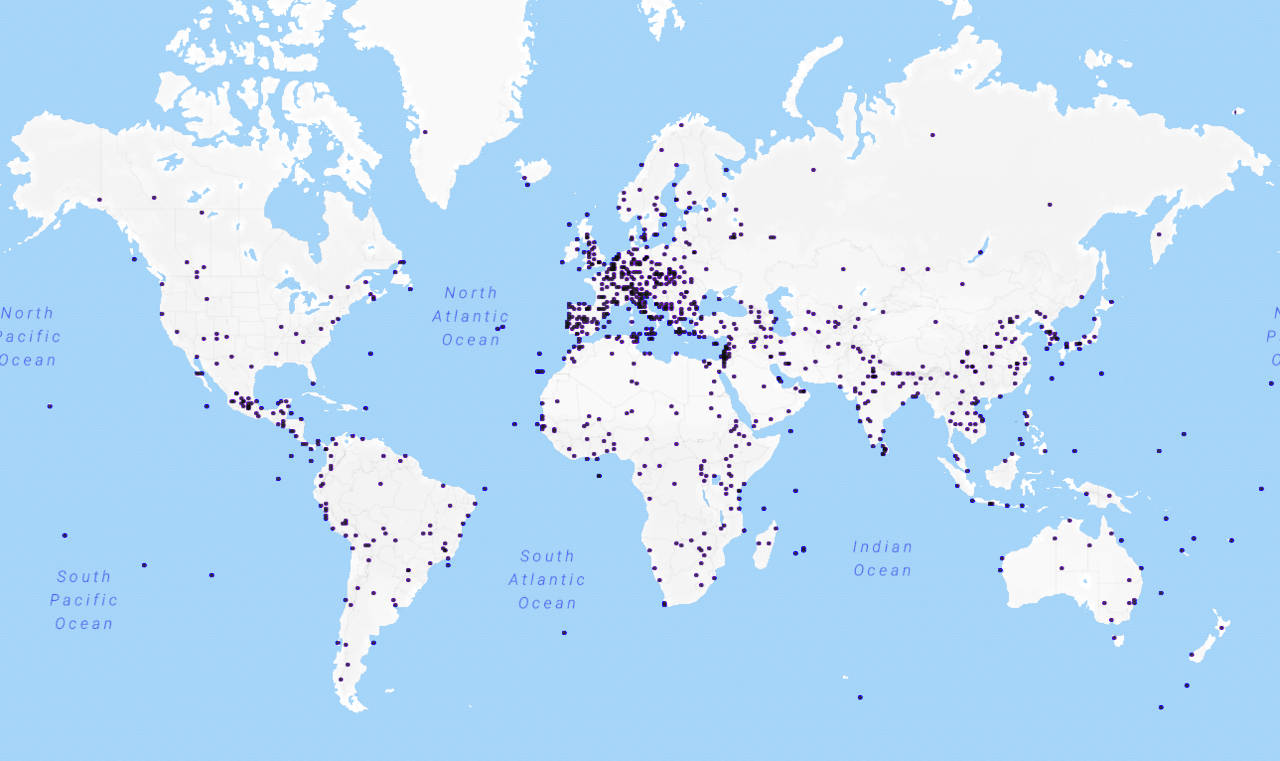
|





